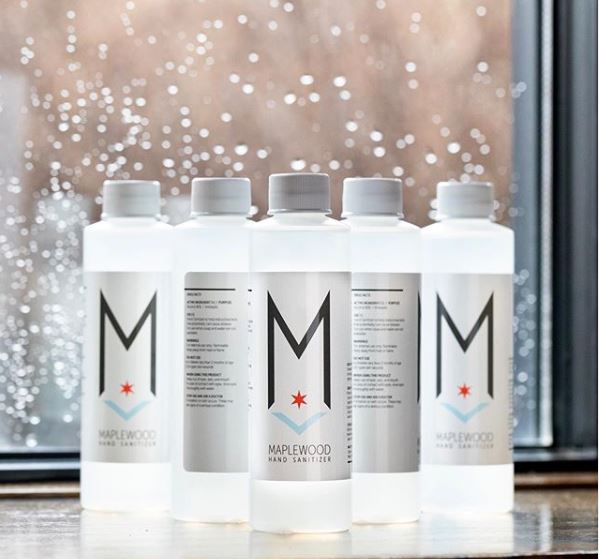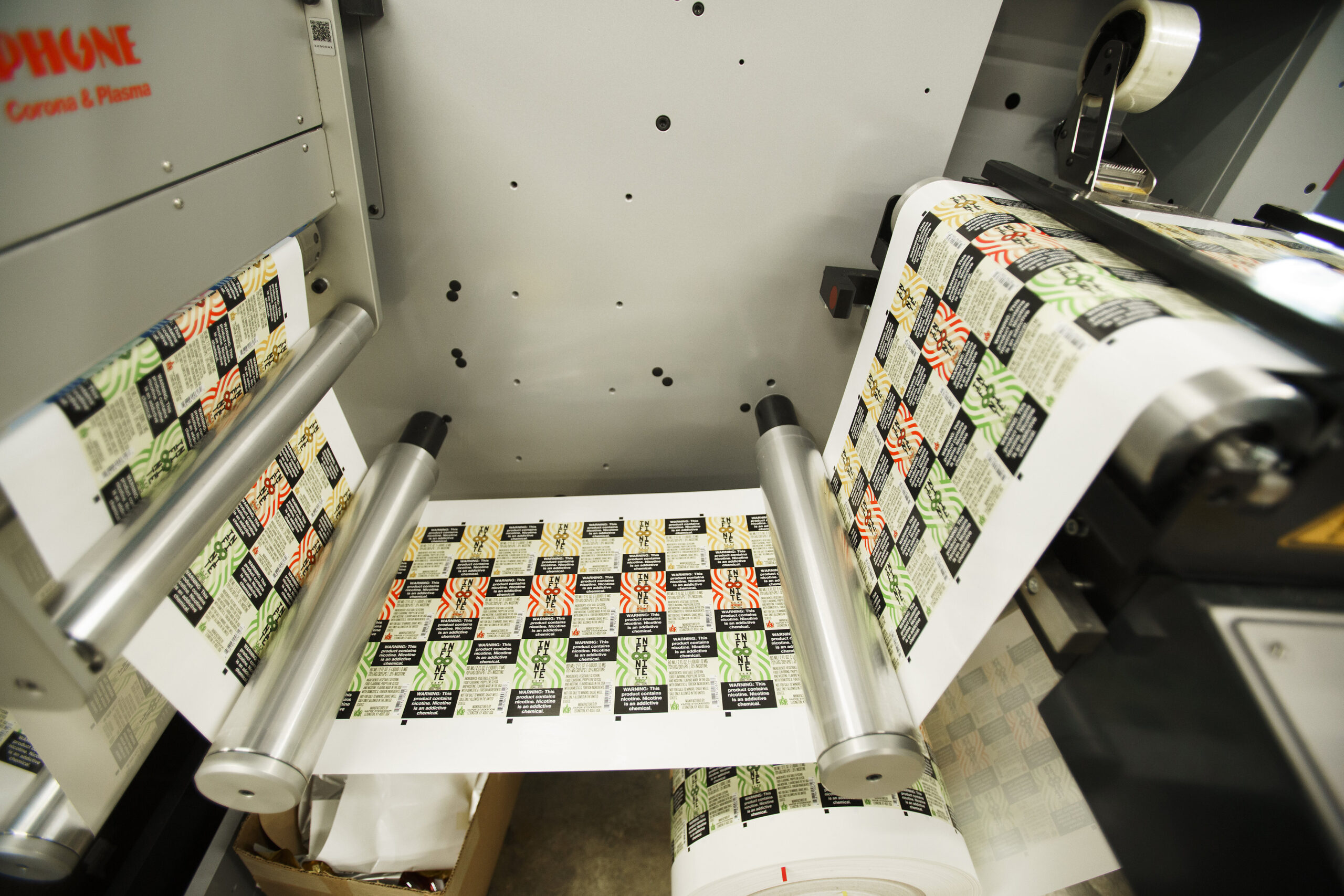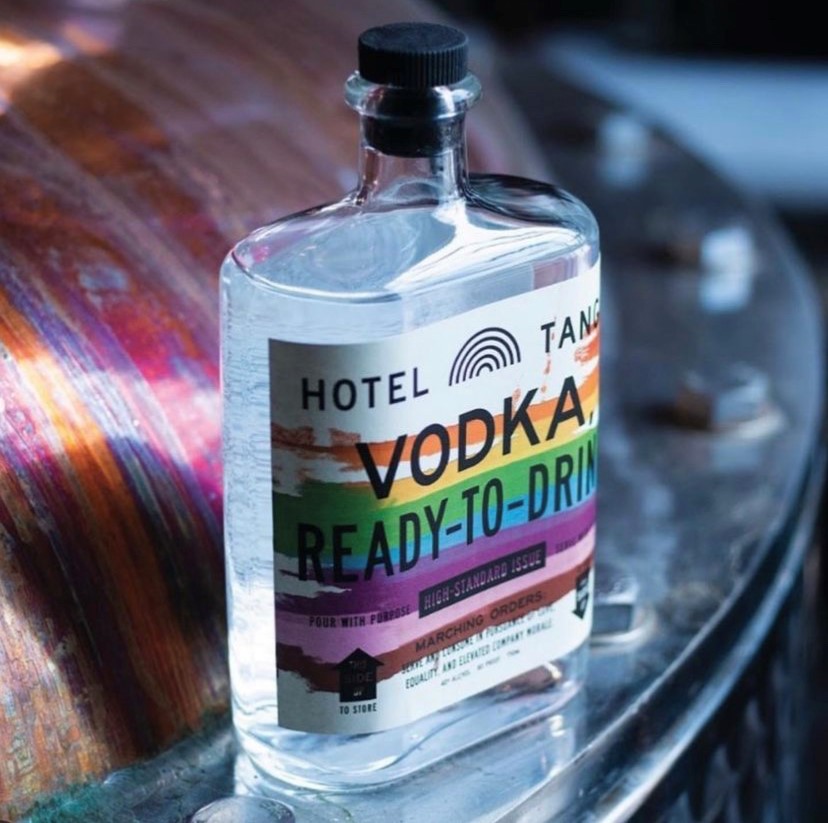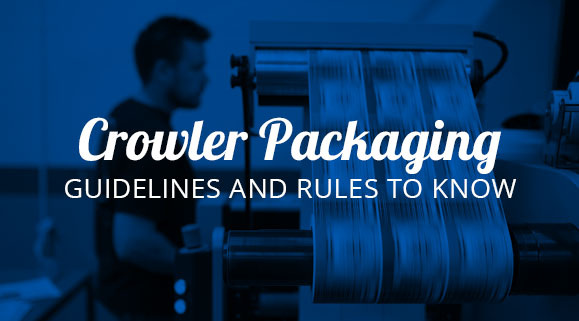Hand Sanitizer Labels: Tips for Distilleries and Breweries
- compliance
- FDA
- hand sanitizers
FDA Requirements for Hand Sanitizer Production
As you may expect with alcohol, there are some regulations to consider when manufacturing and labeling hand sanitizer. First, you’ll need to register with the FDA since hand santizer counts as an over-the-counter drug. Then you must follow the FDA’s guidelines for manufacturing and labeling your hand sanitizers. The American Craft Spirits Association (ACSA) lays out some guidelines you need to know if you plan to make hand sanitizer.
- Denature the ethanol used when manufacturing hand sanitizer (no exceptions)
- Label according to Appendices A-D of the FDA temporary policy depending on application and include:
- A batch number
- Your company name and contact info (the FDA does not intend to take action against manufacturers that ordered or printed labels without this information prior to their guidelines)
- Make the ethanol that is the Active Pharmaceutical Ingredient (API) in hand sanitizer using the same fermentation and distillation processes used for consumable goods (Alcohol from synthetic processes is used only if it meets USP or FCC grade)
- Label the ethanol API as either denatured or undenatured as shown in Appendix A and B of the applicable guidance
- Keep a record of key steps and controls for batches
- Verify and document the final alcohol content of sanitizer using the best methods available at the manufacturer (WHO guidance tolerance 75-85 percent abv for ethanol)
- Create an adverse event reporting process
If you have any questions regarding denaturing, formulas, or other key details, please refer to the ACSA’s updated list of FAQs on hand sanitizer production.

Image courtesy of Maplewood Brewery & Distillery.
Tips to Keep Label Costs Down
Once your hand sanitizer is ready, it’s time to bottle and label it. Of course, packaging affects your bottom line, especially if you’re providing hand sanitizer at cost or giving it away to medical personnel, first responders, and people in need.
While we may not be experts on brewing or distilling, we do know our way around labels. Here’s what you can do to save on your hand sanitizer labels.
Opt for simple, cost-effective materials
There are a lot of label materials available for different aesthetics. However, fancy wine stocks or other options aren’t necessary if you’re looking for something simple and durable. For cost-effective hand sanitizers, a white biaxially oriented polypropelyne (BOPP) material with a matte laminate will do the trick. If you don’t want a classic white, a material with the same adhesive is available in clear or silver with either gloss or matte laminates.
In addition to color, you’ll also want to figure out which material works with your specific container. While the aforementioned bopp would work out well for a small, rigid bottle, a squeeze bottle or a larger container might create problems. For these types of containers, we could use an MDO material to accommodate for size and needed durability.
Limit the size of your label
You don’t need a big label to make a big impact. Opting for a smaller label will help cut down on the total amount of material necessary and cut down costs. You’ll want to base your label size off your container of choice – one label size might be right for a small squeeze bottle, but not for a larger glass one. As with label materials, we can work with you to identify a label size that works with your exact container without adding too much to your overall cost.
Use black ink
When you want simple, cost-effective labels, black and white is a good way to go. A simple black ink will cut out added costs associated with multiple inks or color matching, giving you more bang for your buck if you’re aiming for simplicity.
—
If you’re in need of hand sanitizer labels, we’re here to help. Contact us today if you have any questions about and our team can be a resource to provide answers and support your project.




